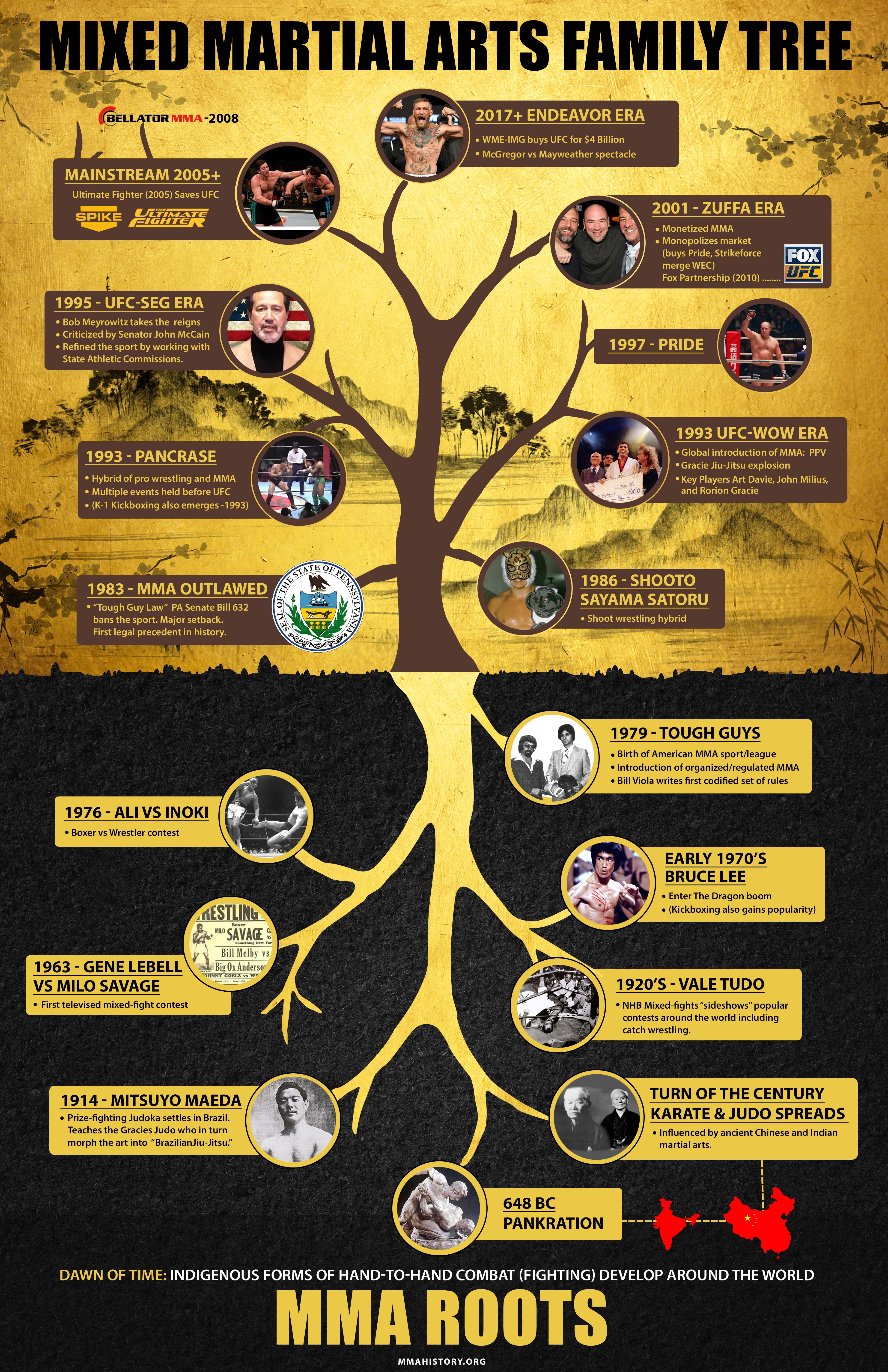The Worldwide Background And Transformation Of Martial Arts
The Worldwide Background And Transformation Of Martial Arts
Blog Article
Writer-Stevenson Silverman
Martial arts have a fascinating background that extends centuries and continents. You might discover it interesting how old techniques like Shuai Jiao and Kalaripayattu laid the groundwork for modern fight methods. These disciplines not just highlight physical skills but also mirror the societies that birthed them. As you discover their advancement, think about just how globalization has actually changed these standard forms into crossbreed styles. What impacts do you assume have formed today's martial arts landscape?
Ancient Martial arts: The Structures of Fight
As you explore the globe of old martial arts, you'll discover the abundant foundations that formed battle methods across cultures. Very early practices concentrated on Self-Defense and survival, usually including strikes, hurting, and weaponry.
In old China, for example, techniques like Shuai Jiao highlighted tosses and joint locks, while India's Kalaripayattu showcased dexterity and fluid movement. Japanese samurai created Kenjutsu, a polished swordsmanship that highlighted technique and strategy.
These martial arts offered not just for battle yet also as a way of individual advancement, instilling worths like respect and determination. The mixing of these methods gradually laid the groundwork for the diverse martial arts you see today, each mirroring the distinct viewpoints and demands of its culture.
The Social Impact on Martial Arts Advancement
While martial arts frequently show the practical requirements of a society, they additionally symbolize the cultural worths and ideas of their origins. When you explore different martial arts, you'll see how they're affected by faith, philosophy, and social norms.
As an example, the focus on respect and technique in Japanese martial arts originates from Zen Buddhism and samurai culture. In krav maga training near me , Brazilian Jiu-Jitsu advertises versatility and strategy, formed by the requirement for performance in a diverse, multicultural environment.
You may locate that the routines, attires, and training methods mirror a community's history and identity. By understanding these social impacts, you grow your recognition of martial arts and their function fit human experiences across the globe.
Modern Adaptations and the Globalization of Martial arts
Martial arts have actually transformed substantially in recent decades, adjusting to modern society and global impacts. You'll discover that standard forms have blended with contemporary strategies, creating hybrid styles like MMA. These adaptations deal with varied target markets, making martial arts obtainable and appealing globally.
With the surge of social networks and digital platforms, you can locate tutorials and competitors from all corners of the globe, damaging geographical barriers. This globalization has actually caused a shared recognition for different techniques, from Brazilian Jiu-Jitsu to Taekwondo.
As you involve with these arts, you'll realize they're not nearly battle; they promote fitness, self-control, and mental health.
Eventually, modern-day adaptations have enhanced the martial arts landscape, making it a dynamic and advancing practice.
Final thought
In discovering the background and advancement of martial arts, you reveal an interesting mix of techniques, cultures, and viewpoints. From old techniques like Shuai Jiao and Kalaripayattu to the contemporary versatility seen in MMA, martial arts show humankind's quest for Self-Defense and individual development. As https://www.abc27.com/local-news/york/free-womens-self-defense-class-scheduled-in-york/ engage with these practices, you not only get skills but also a much deeper gratitude for the diverse customs that form our globe today. So, proceed your trip and embrace the art of fight!
